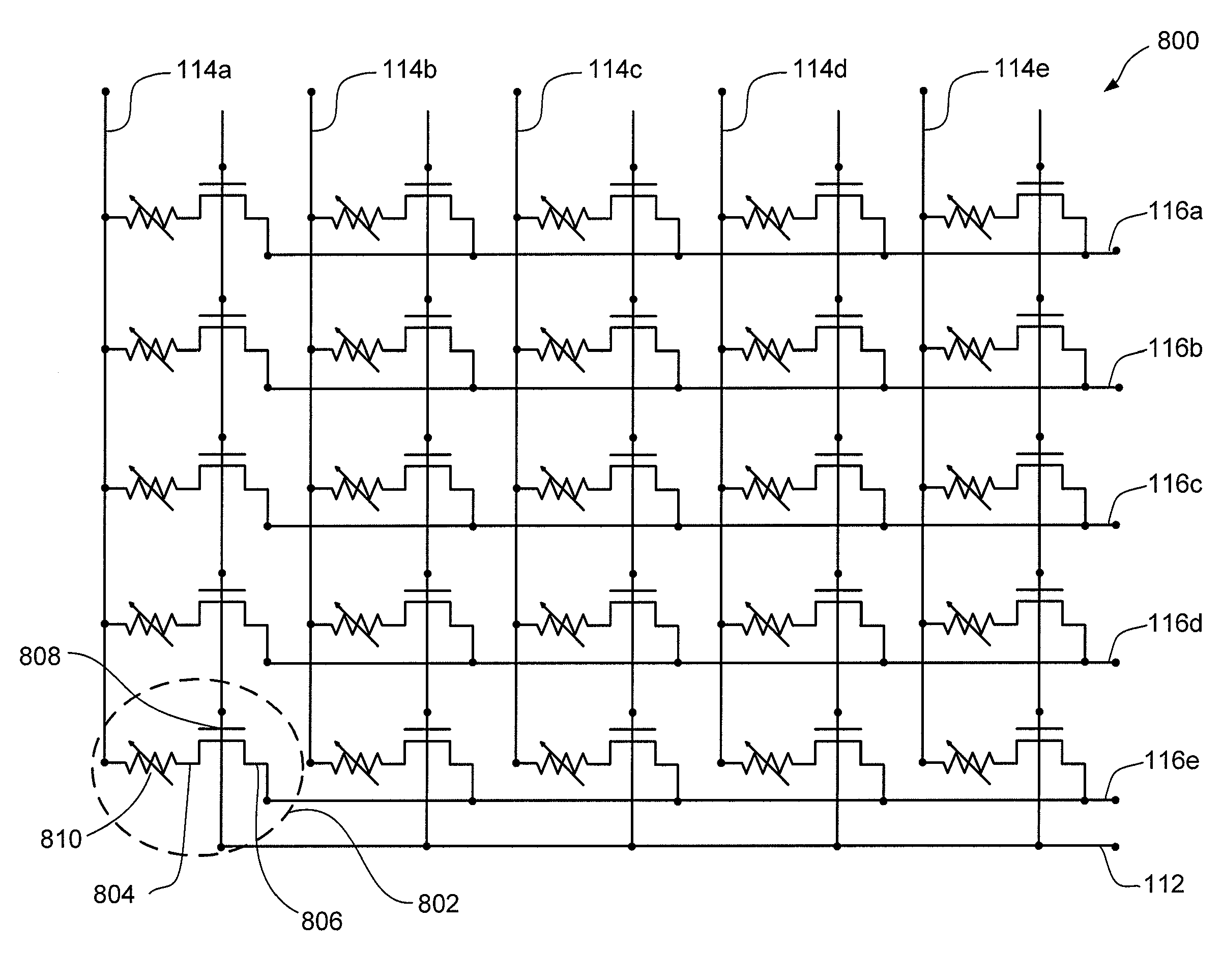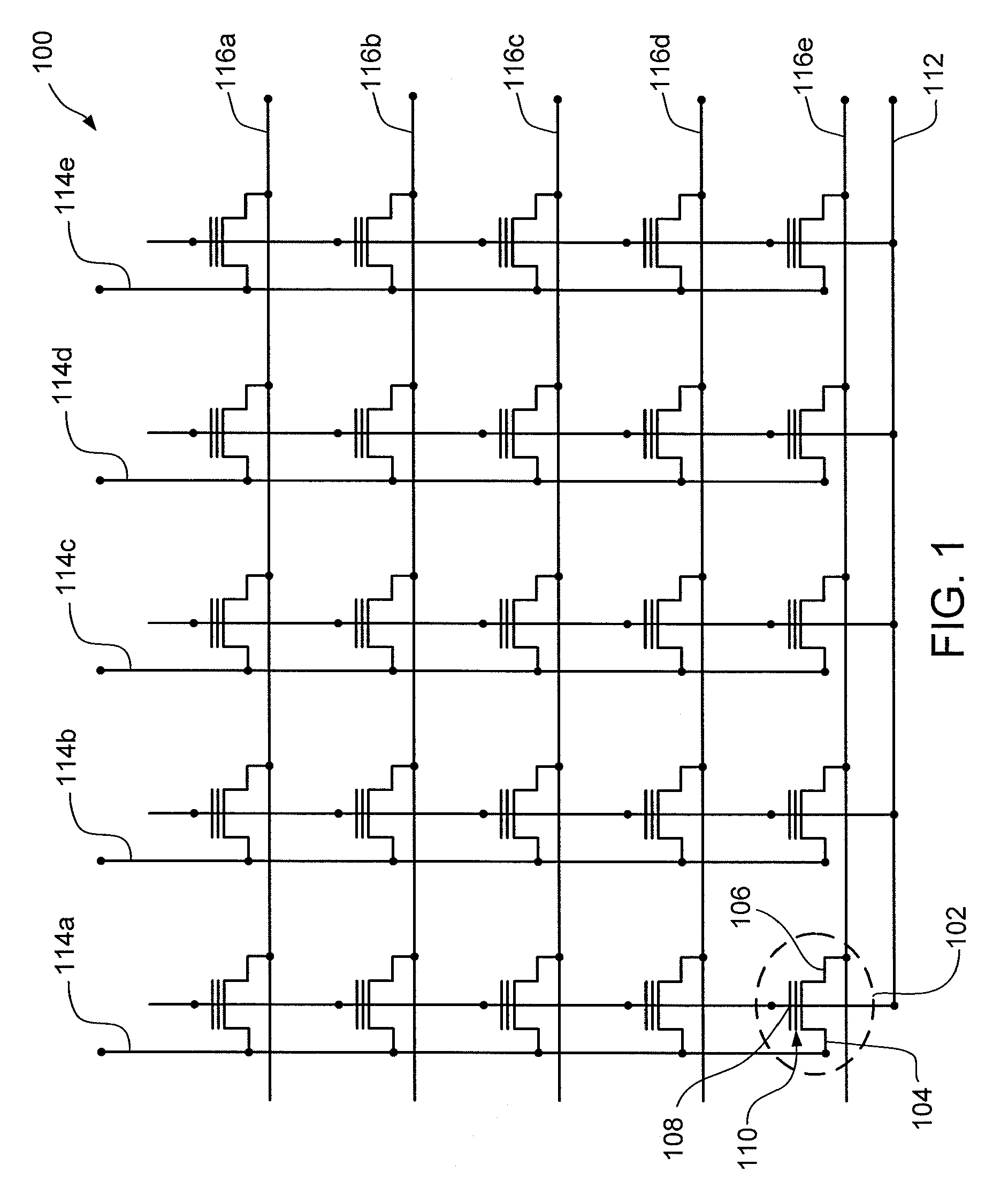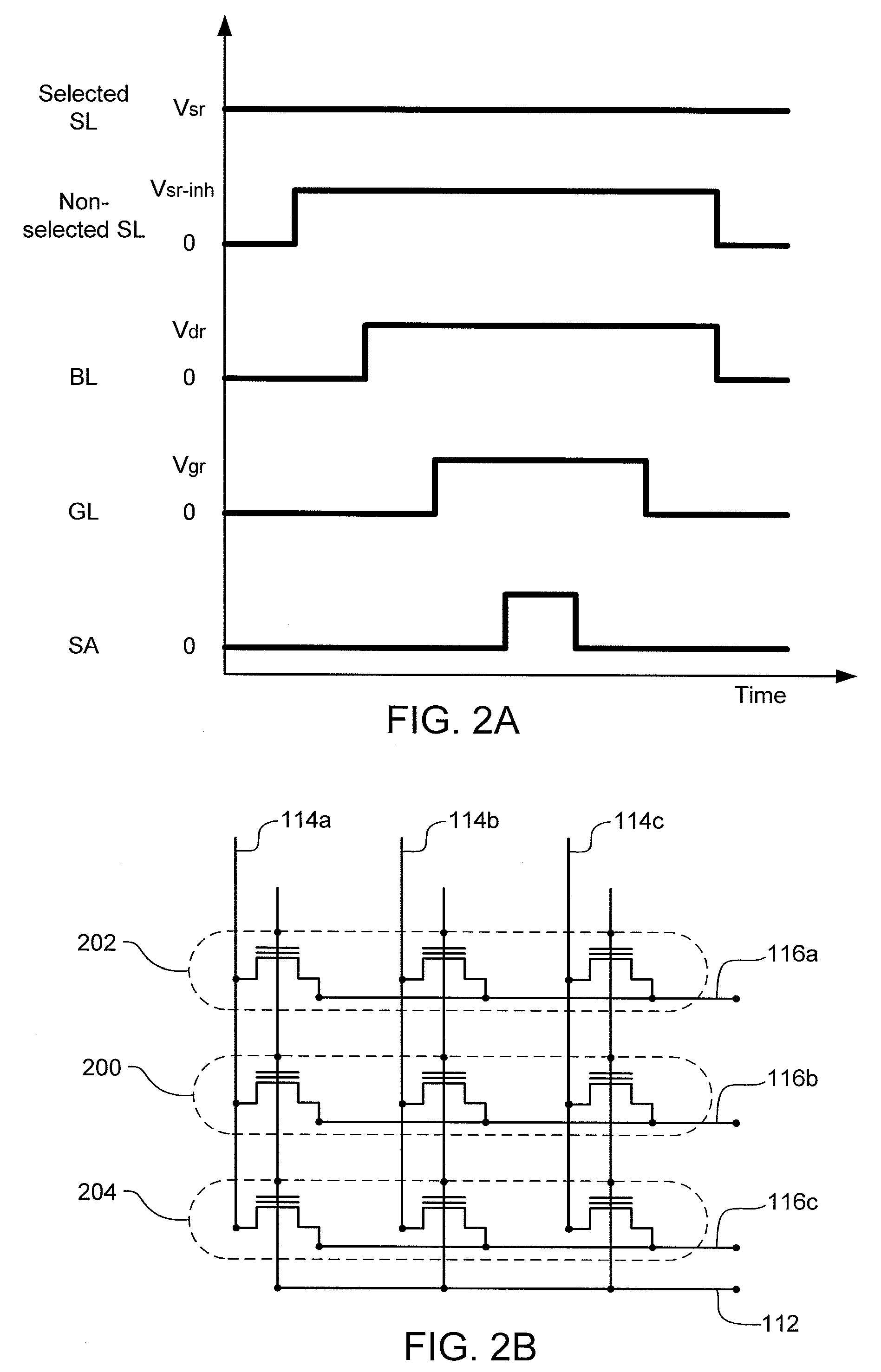Semiconductor memory device
- Summary
- Abstract
- Description
- Claims
- Application Information
AI Technical Summary
Benefits of technology
Problems solved by technology
Method used
Image
Examples
embodiment 1
FIGS. 6A-16B show a fabrication process for the non-volatile memory cell array according to a first embodiment of the present invention. The “A” figures illustrate plan views of a step in the fabrication process. In the figures, not all layers are shown for clarity in illustration and description of the underlying features. The “B” figures illustrate cross-sectional views along line B-B in the corresponding figure “A”. In the figures, not all layers have been shown in plan view for clarity.
Referring initially to FIGS. 6A-6B, ion implantation is performed on a semiconductor substrate 602, such as a silicon wafer, to form wells therein. After the implantation, a layer of silicon nitride 604 is deposited on the substrate 602 and patterned. The patterning of the silicon nitride 604 is achieved using photolithography and etching, for example.
Referring to FIGS. 7A-7B, a cut mask 606 is formed over the patterned silicon nitride layer 604 to define active regions. With the use of the cut ma...
embodiment 2
FIGS. 17A-22B show a fabrication process for the non-volatile memory cell array according to a second embodiment of the present invention. The “A” figures illustrate plan views of a step in the fabrication process. In the figures, not all layers are shown for clarity in illustration and description of the underlying features. The “B” figures illustrate cross-sectional views along line B-B in the corresponding figure “A”. In the figures, not all layers have been shown in plan view for clarity.
The circuit diagram of the non-volatile memory array according to the second embodiment is the same as in the first embodiment (i.e., FIG. 1). Moreover, the fabrication process is similar to that of the first embodiment but has been altered to form the gate electrode and the charge storage layer using a side-wall self-alignment process.
The fabrication steps of the first embodiment prior to the patterning of the charge storage layer (e.g., FIGS. 6A-10B) are applicable to the second embodiment. Ho...
embodiment 3
FIG. 23 is a schematic of a non-volatile memory cell array according to the third embodiment of the present invention.
In the third embodiment, the array 800 is similar to that of the first and second embodiments, as shown in FIG. 1. However, the individual memory cells 802 are different than that of the first and second embodiments. In particular, the memory cell 802 includes a transistor with a source 806, a drain 804, and a gate 808. The memory cell 802 also includes a variable resistance element 810 for storing information. For example, the variable resistance element 810 is a phase change material that stores information based on the change of resistance due to a change in phase of the material.
A plurality of source lines 116a-116e connects respective sources 806 of individual memory cells 802 in a row direction. A common gate line 112 connects the gates 808 of all of the memory cells 802. A plurality of bit lines 114a-114e connects the output ends of the variable resistance ele...
PUM
 Login to View More
Login to View More Abstract
Description
Claims
Application Information
 Login to View More
Login to View More - R&D
- Intellectual Property
- Life Sciences
- Materials
- Tech Scout
- Unparalleled Data Quality
- Higher Quality Content
- 60% Fewer Hallucinations
Browse by: Latest US Patents, China's latest patents, Technical Efficacy Thesaurus, Application Domain, Technology Topic, Popular Technical Reports.
© 2025 PatSnap. All rights reserved.Legal|Privacy policy|Modern Slavery Act Transparency Statement|Sitemap|About US| Contact US: help@patsnap.com



